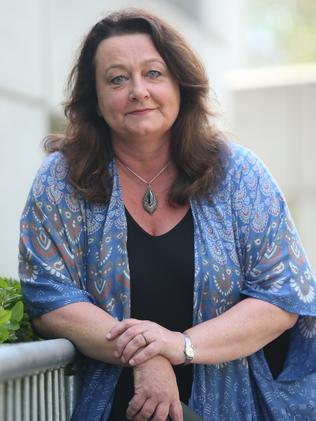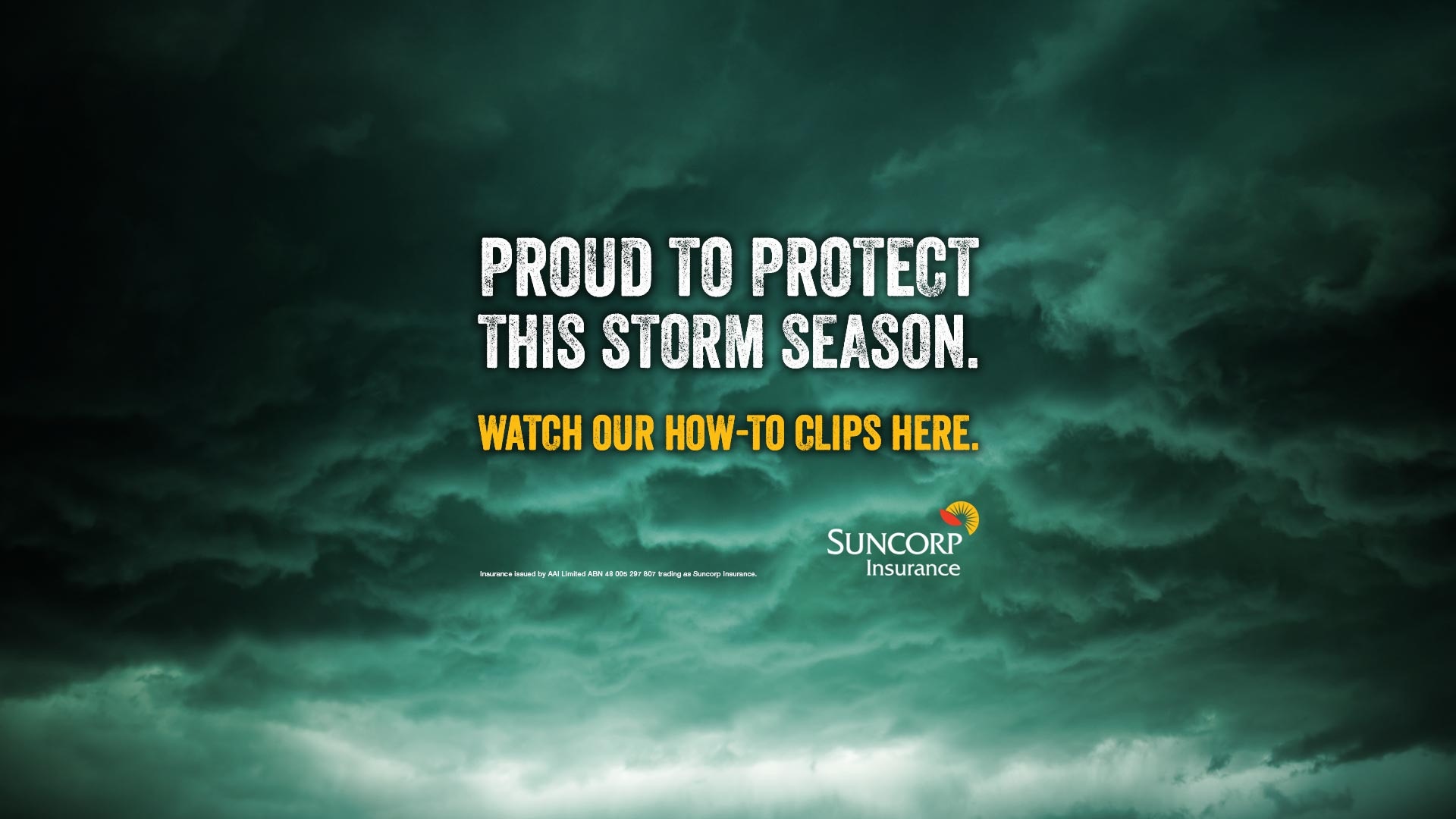THE 2011 January flood was one of Queensland’s worst natural disasters, destroying lives, houses and businesses and changing many people’s lives forever. But the resilience and strength of the Queensland community shone through.
For the many thousands of people who live in tropical climates, the summer storms come as no surprise.
Torrential rain, lightning strikes and howling winds have become par for the course when living in Queensland, but even the old timers were shocked by the ferocity of the storms in 2011.
On January 10, 2011, torrential rain that had isolated properties in regional areas turned deadly, killing more than 30 people and destroying hundreds of businesses and properties.

It was a day that will stay in the minds of many for years to come – similar to the impact of the floods of 1974 which have become folklore in southeast Queensland.
But five years on, Lord Mayor Graham Quirk says he is still amazed at the strength, community spirit and resilience the people of Queensland revealed in the shadow of the floods.
“The events of January 13, 2011 sent shock waves through our city, devastating tens of thousands of homes and businesses and causing major damage to the city’s infrastructure, transport, waterways and facilities,” Cr Quirk said.
Tap or hover over an image on the right to reveal.
“We’ve come a long way as a city since then and we have got on with the job of not only repairing the city, but building it back stronger than before.”
Queensland University of Technology associate professor Jane Shakespeare-Finch said the floods of 2011 not only tested the southeast’s infrastructure, they tested the way the community worked together.
“In our studies, we looked at the emotional and instrumental support given to flood victims. The research was based on post-traumatic growth and how people found meaning in their lives after the tragedy,” Ms Shakespeare-Finch said.
Her research revealed many people changed their priorities after the events with material possessions such as new cars no longer being important.
“But for most people, it wasn’t a case of one size fits all,” she said. “Some people showed real resilience through this but they are the people who have generally been through something similar in their lives before.
“I remember a guy sitting on the beach when Yasi was coming through with a beer in his hand. He’d already been there, done that and knew what to expect so his preparation and coping mechanisms were well developed.”
Ms Shakespeare-Finch said many people had come out of the floods feeling more prepared for next time, and knowing how to respond to weather.
“People have apocalypse boxes with all of the necessities in them like water, food and batteries,” she said. “They are much more organised than they were.
At some time in the future, parts of Queensland will experience floods of a magnitude as great as, or greater than, those of the 2010/11 wet season - Queensland Floods Commission of Inquiry Interim Report and Final Report
“People are much more likely to have an app on their iPhone and there are more visits to BOM (Bureau of Meteorology) than ever before. And that is about people feeling that they have a sense of control and a sense of safety from watching the weather.”
She said the people who had to negotiate with builders, painters and repairers found the going tougher, in some cases, than the event itself.
“Things in Grantham were different because there was a loss of life there so obviously people found it much more difficult to cope.”
She said while people may be more resilient now, they do overreact in many cases to bad weather and rain.
“Their levels of arousal are triggered when there is a rain event and a lot of people now worry more about the weather and rain with some feeling scared of being helpless and cut off.
“Emotionally, people changed after the floods.”
But the way in which Brisbane was designed and rebuilt also went through a major transformation.
The Brisbane City Council January 2011 Flood Action Plan was developed to take in the council’s response to the January 2011 Flood incorporating recommendations from the independent Flood Response Review Board, and the Queensland Floods Commission of Inquiry interim report and final report.
Tap and drag the slider to reveal the before and after images of Brisbane’s Riverwalk.
The Commission’s final report states that “at some time in the future, parts of Queensland will experience floods of a magnitude as great as, or greater than, those of the 2010/11 wet season”.
The cost of flood recovery works for Brisbane City Council was more than $400 million, including $122 million for roads, $41 million for disaster operations and the clean-up, nearly $79 million for the new Riverwalk and $19 million for the drainage network. Much of the work carried out was designed to ensure the devastation caused by the 2011 flood would not be seen again.
“We have installed 43 backflow devices to stop backflow flooding for 1450 properties and have installed telemetry gauges to provide real-time information about current and predicted water levels.
“As part of a $100 million revitalisation of the ferry network we rebuilt seven ferry terminals that were washed away or damaged during the floods – each built to withstand a one-in-500 year flood event, with detachable gangways designed to significantly reduce the impact of floodwaters and debris.”
Cr Quirk said council had completely rebuilt the iconic Riverwalk, at a cost of $78.84 million, to withstand a one-in-2000-year flood event, with the new structure featuring 37 concrete pillars that anchor the walkway into the riverbed.



Here’s what you can expect with tomorrow’s Parramatta weather
As spring moves into summer what can locals expect tomorrow? We have the latest word from the Weather Bureau.
Here’s what you can expect with tomorrow’s Parramatta weather
As spring moves into summer what can locals expect tomorrow? We have the latest word from the Weather Bureau.